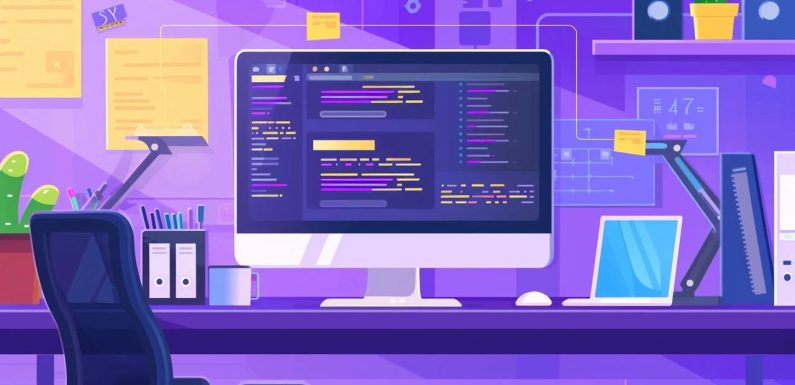
Last updated on April 4th, 2024 at 06:10 pm
The words Artificial Intelligence and Programming are frequent topics of discussion in the technology world. However, these two are distinct in several ways including principles on which they are based, methods of learning, and the field of application. This paper extensively examines these two concepts starting from noting fundamental differences between them and their implications for the technology context.
What is Programming?
Programming is a term that finds itself in clear English. More precisely, it sounds like an instruction that “writes” the operator on the computer, after which it “performs” this or that art that the “operator” instructs. The operators who, among other things, are involved in writing a specific instruction set are called programmers. They are also commonly called developers. To work with the operator, the creator needs a programming language in which to write “lines” of code and create numerous applications, websites, algorithms, and the like. In other words, while creating software for the computer, it is compulsory to determine the sequence of work that the program performs; and the number and type of actions that the program performs.
On the other hand, programming spans virtually all areas of computer science from writing simple scripts and basic applications to constructing complicated systems and large-scale software projects. Its objective is to create and synthesize preexisting solutions to customers’ or clients’ desires and requirements. Programming is concerned with formulating precise, step-by-step instructions that define a computer program’s conduct, known as deterministic behavior. It involves how the new circumstances will alter these instructions.
What is Artificial Intelligence (AI)?
Artificial Intelligence is a computer science discipline that aims to develop systems that can duplicate human learning and perform activities that require intellectual abilities. Unlike conventional programming, in which the programmer explicitly specifies the instructions, AI systems learn from data, develop, and change when new information is given. This category includes a variety of techniques such as Machine Learning, Deep Learning, Natural Language Processing, Computer Vision, and many others.
AI systems, on the other hand, capture patterns and relationships in large datasets, and this enables them to predict outcomes, identify patterns, understand language, analyze pictures, and make their own decisions. They are not carefully coded to conduct functions that are carefully specified; instead, their internal parameters are modified in such a way that they minimize mistakes or maximize output on a given task. AI’s major goal is the development of software programs that can conduct activities that need human intelligence.
Key Differences Between AI and Programming
1. Methodology: The primary difference between AI and programming is their methodology. Traditional programming involves writing explicit instructions or algorithms to solve a particular problem or perform a predefined task. On the other hand, AI determines models on data to get patterns and relationships such that they can be replicated and used for prediction in new input data.
2. Flexibility: Programming is determined; thus, it is normally considered deterministic since the actions of an agent are explicitly set up by the programmer’s instruction. In contrast, there is an acceptable degree of possible output and adaptability within the AI, given a wide pathway towards programmable decision-making and learning from data.
3. Problem-solving Approach: Programming helps developers think about a problem in pieces or parts and develop a solution by writing clear and concise code to solve each question piece by piece until the entire challenge is resolved. In contrast, AI is used to create frameworks that can study processes, recognize patterns, and make decisions independently of primary programming and frequently beyond explicit programming.
4. Scope of Applications: Programming is utilized to create software, websites, algorithms, and systems for various classifications and enterprises around the world. AI is being used in healthcare, finance, e-commerce, self-driving cars, robotics, and many more cross-cutting areas that require smart decision-making, design identification, and intelligent conversation.
Conclusion
In summary, while both AI and programming are important parts of the technology landscape, they differ fundamentally in their approach, methodology, and applications. Programming includes writing explicit instructions to solve specific problems, while AI focuses on making systems that can learn from data, adapt to new inputs, and perform tasks autonomously. Understanding the differences between AI and programming is essential for navigating the evolving technological landscape and connecting the capabilities of both disciplines to drive innovation and solve complex problems in diverse domains.
Tech World Times (TWT), a global collective focusing on the latest tech news and trends in blockchain, Fintech, Development & Testing, AI and Startups. If you are looking for the guest post then contact at techworldtimes@gmail.com

